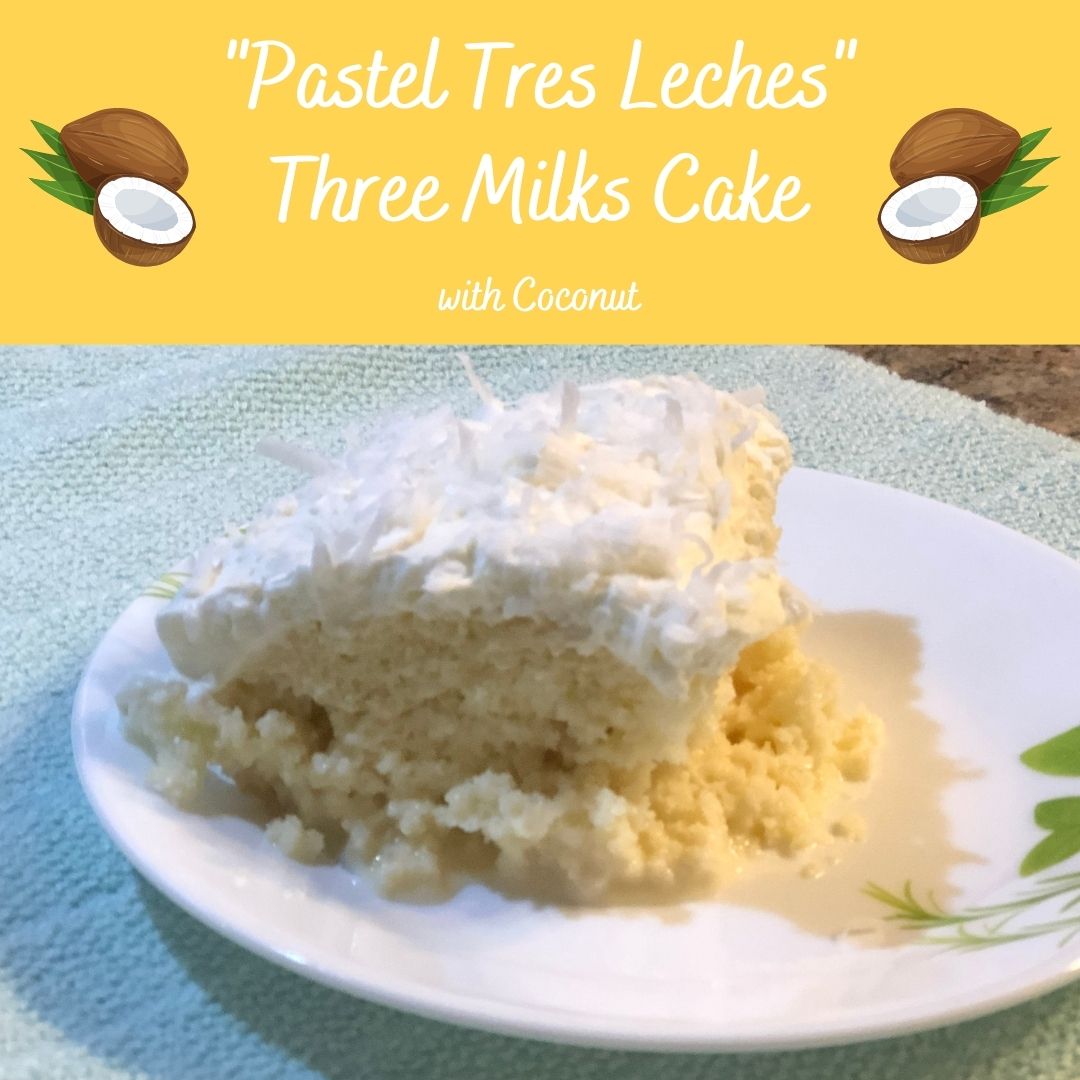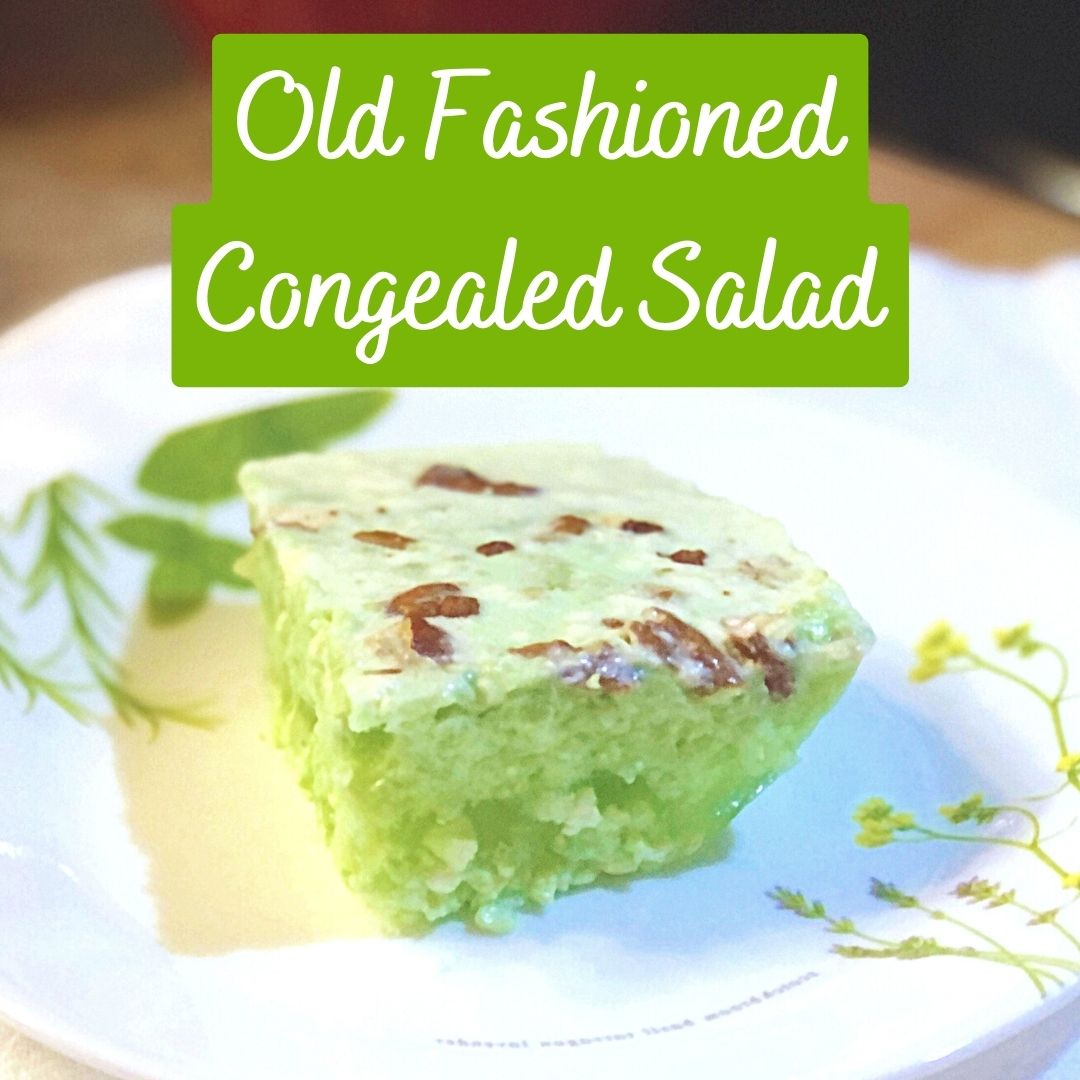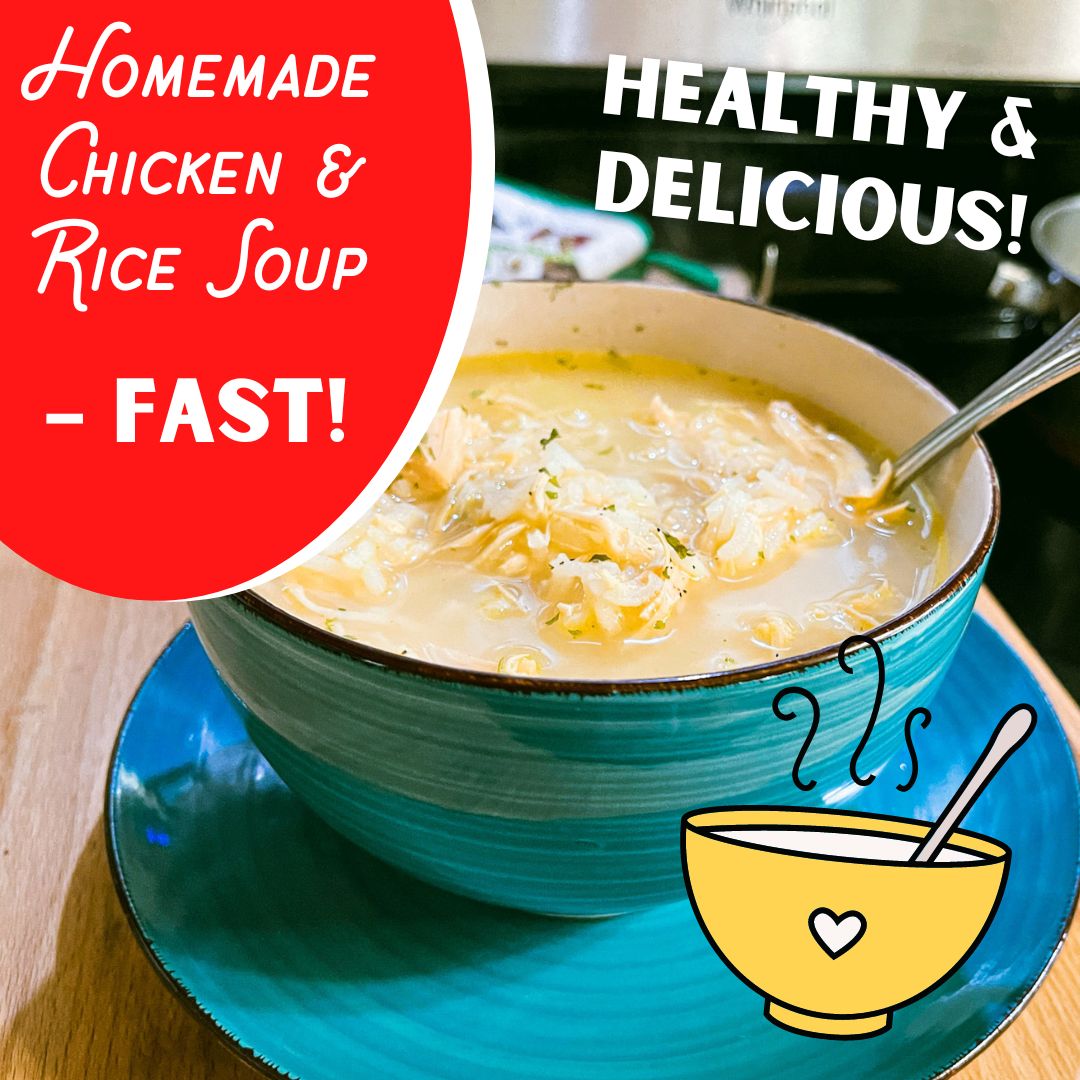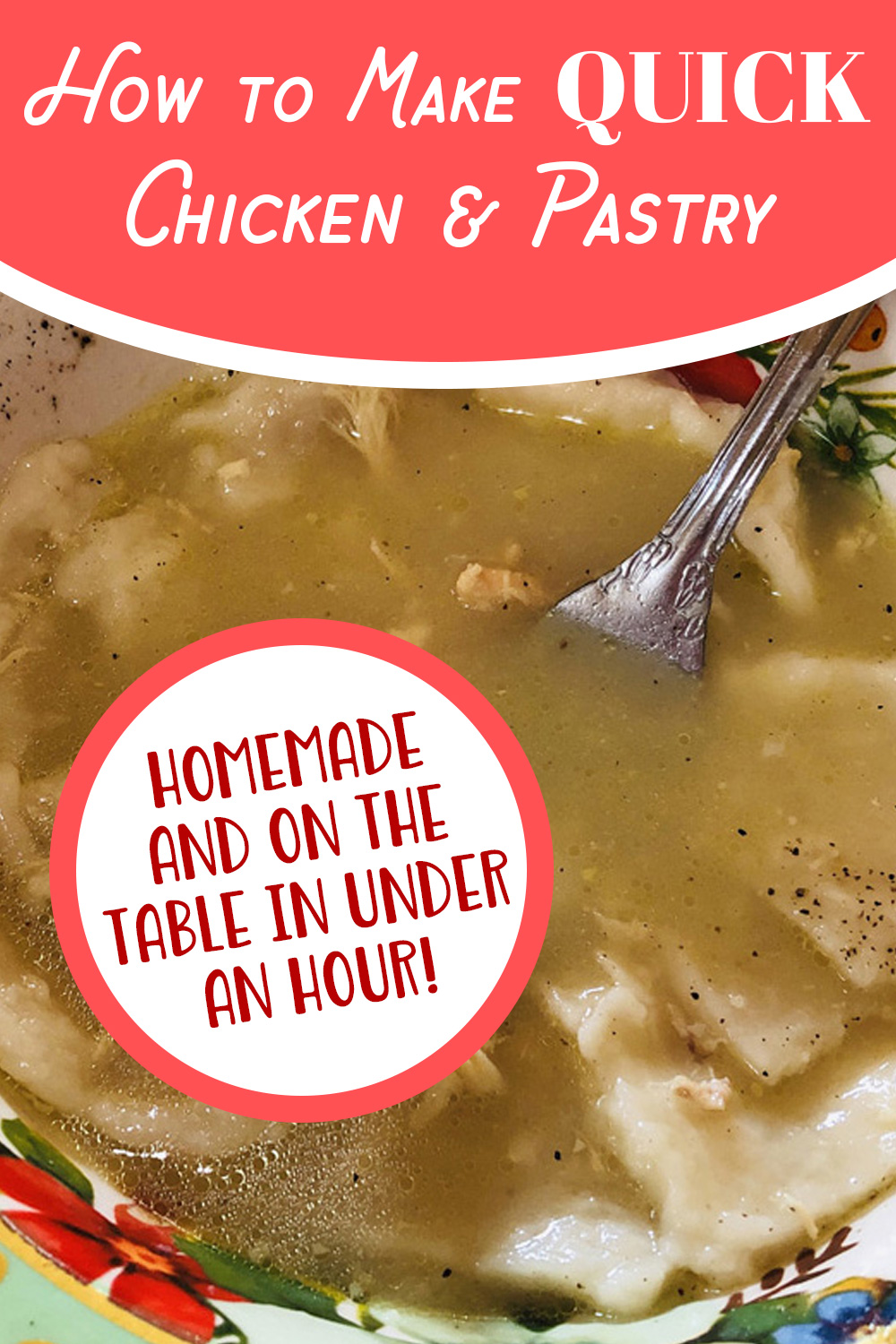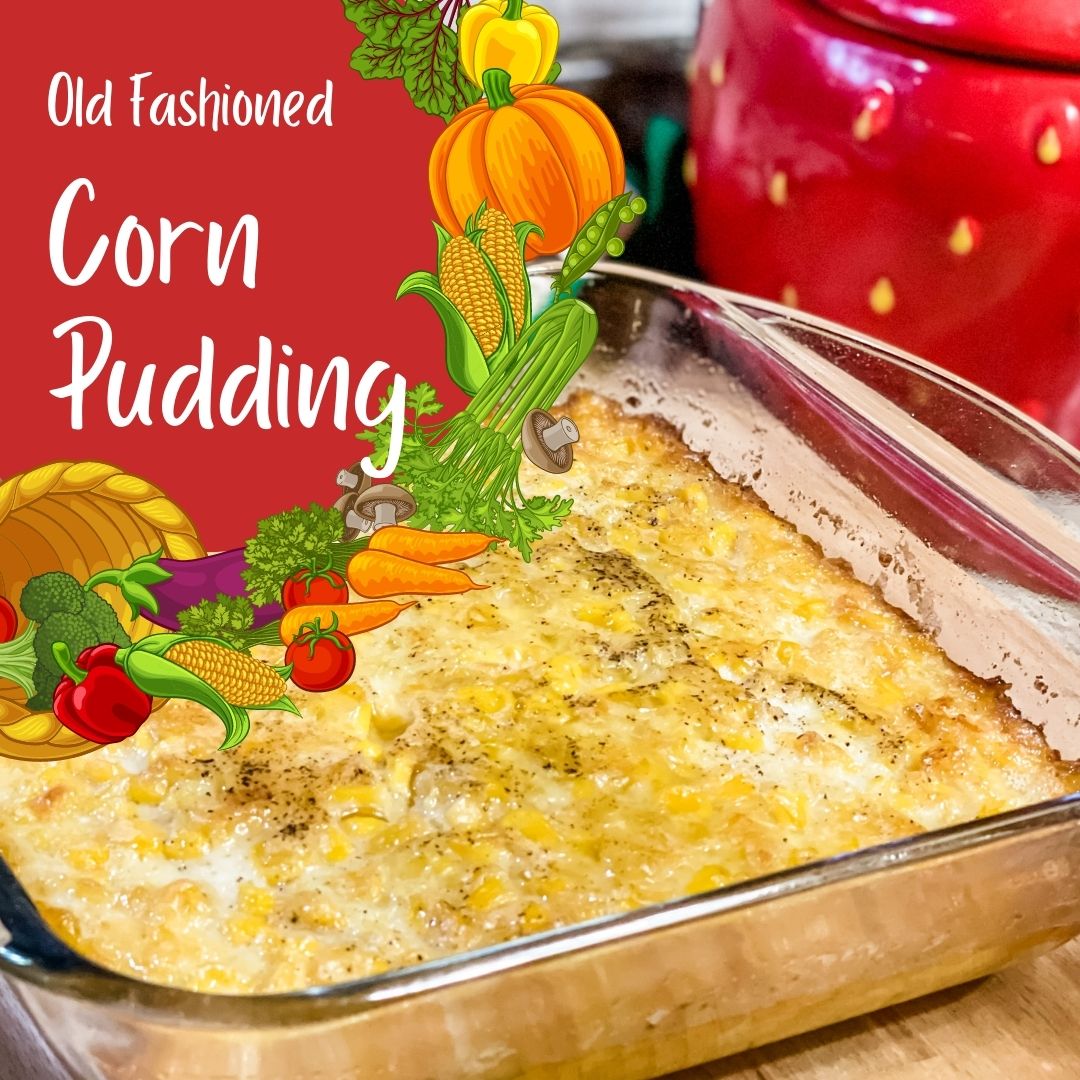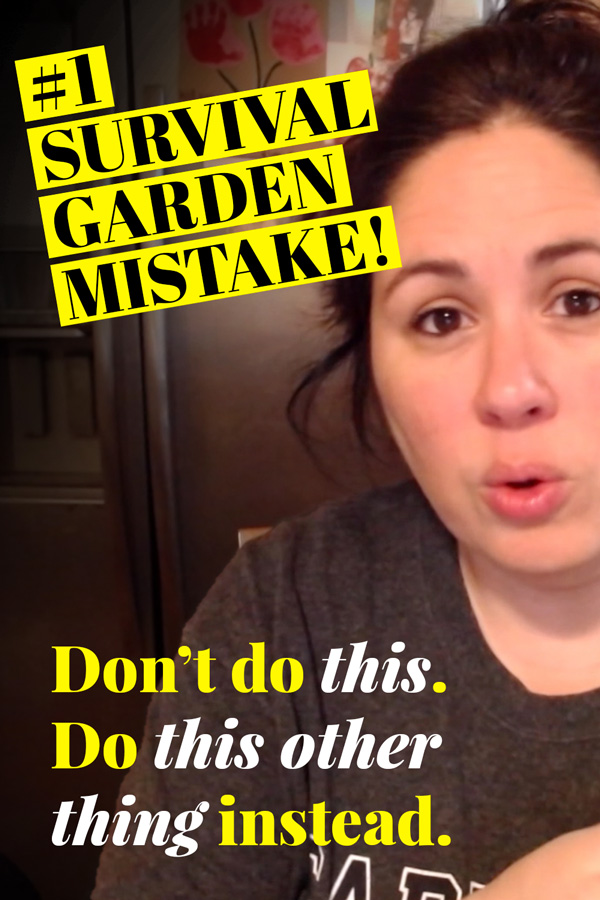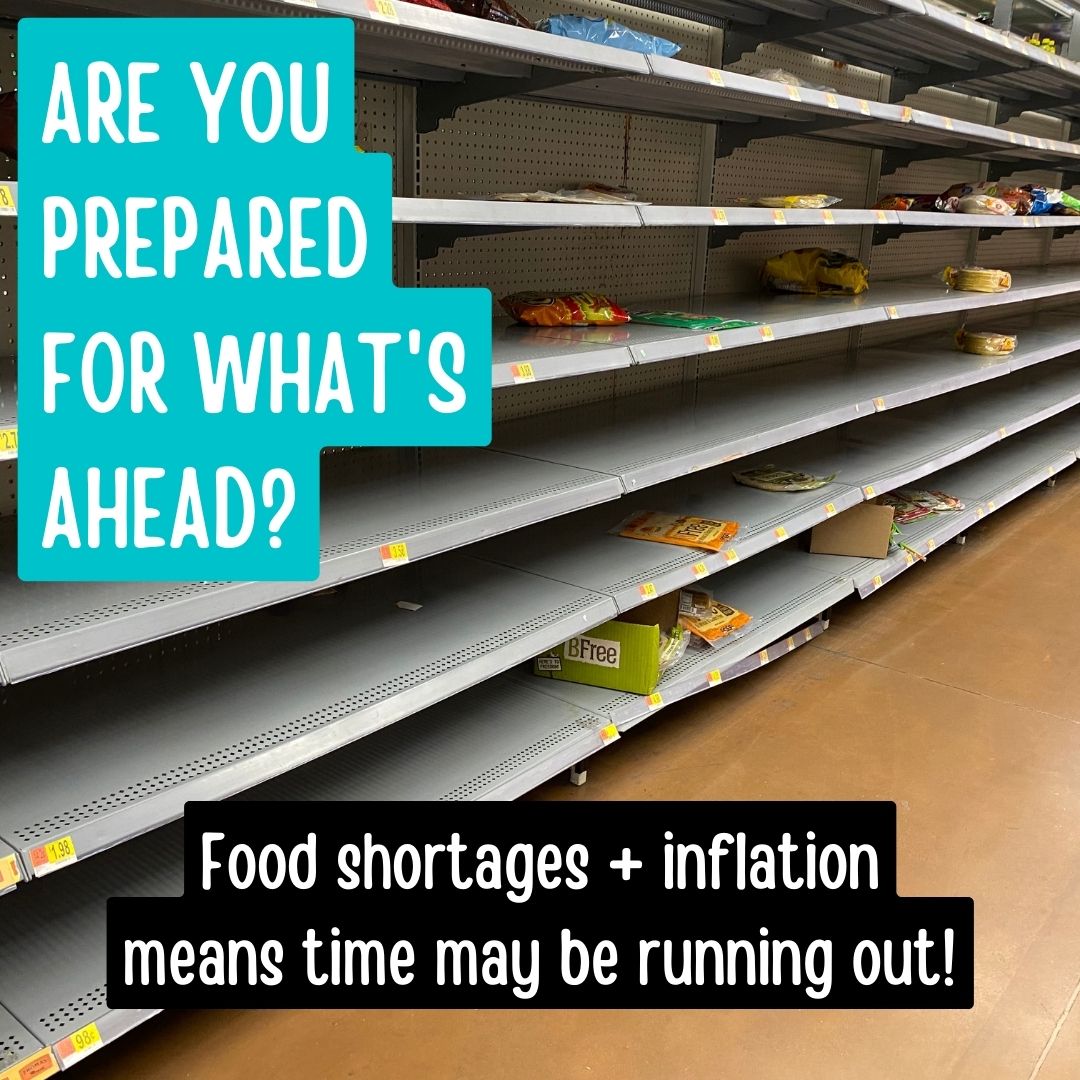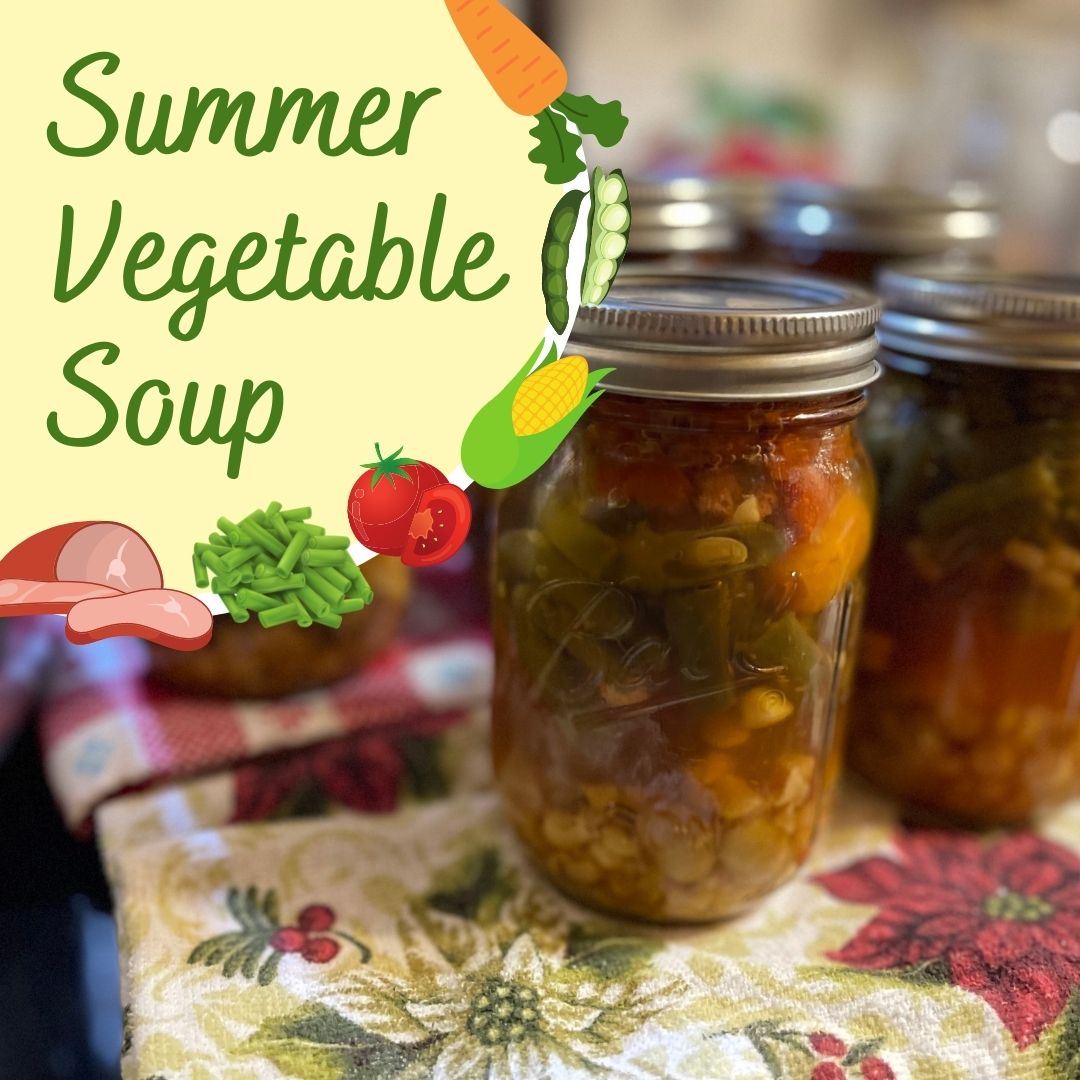Although different people might define survival garden differently, my definition is this: a garden from which basic and substantive foodstuffs can be grown and harvested each year, and from which seeds can be saved and replanted indefinitely.
It isn’t necessary that one consider him or herself a ‘prepper’ to see the value in planting a survival garden. In fact, I’d say if you’re going to grow a garden, it only makes sense to ensure that you have several core crops that you can count on from year-to-year, just in case.
Before March of 2020, did any of us think that there would be supply chain issues getting food from farms into grocery stores? Or even being able to go out to the grocery store without worrying about COVID-19? Even when we’re not dealing with a worldwide pandemic, there are many things that disrupt our ability to get the foods we need from our local grocery stores.
When disaster strikes, chaos can ensue, and rather than depending on the kindness of strangers for sustenance, wouldn’t it be nice to have your own food sources for your family, and perhaps friends and neighbors, too? What if you wanted to have a garden, but seed prices were through the roof, or your desired varieties were hard to come by?
Although there are lots of fun and exciting hybrid offerings out there, it’s important to remember that while hybrids are wonderful to grow for specific characteristics, they can be unstable from one generation to the next. You can’t count on an indefinite supply of seeds from year to year from those varieties.
Open-pollinated heirloom varieties, on the other hand, are tried and true specimens from which you can collect seeds from each year’s harvest to replant next year. It puts you in control of what you can grow in your garden.
Also, check out Food you can grow without seeds
Here are some tips for planning your own survival garden:
As if it’s not obvious, my number one tip would be to buy a collection of heirloom seeds. You can do this multiple ways:
- Piece-meal, purchasing each packet of seeds individually to tailor your garden precisely according to your wishes.
- Buy a seed bucket or seed bank — which will likely contain most of the key crops you’d want to grow.
- Buy seeds both ways.
How do I decide what to plant in my survival garden?
Go for a variety that will cover all of your bases as far as your dietary needs go, in addition to the tastes you love. For instance, some types of beans will give you up to 15 grams per cup of protein. Strawberries are super high in Vitamin C, whereas you can get four times the RDA of Vitamin A from sweet potatoes.
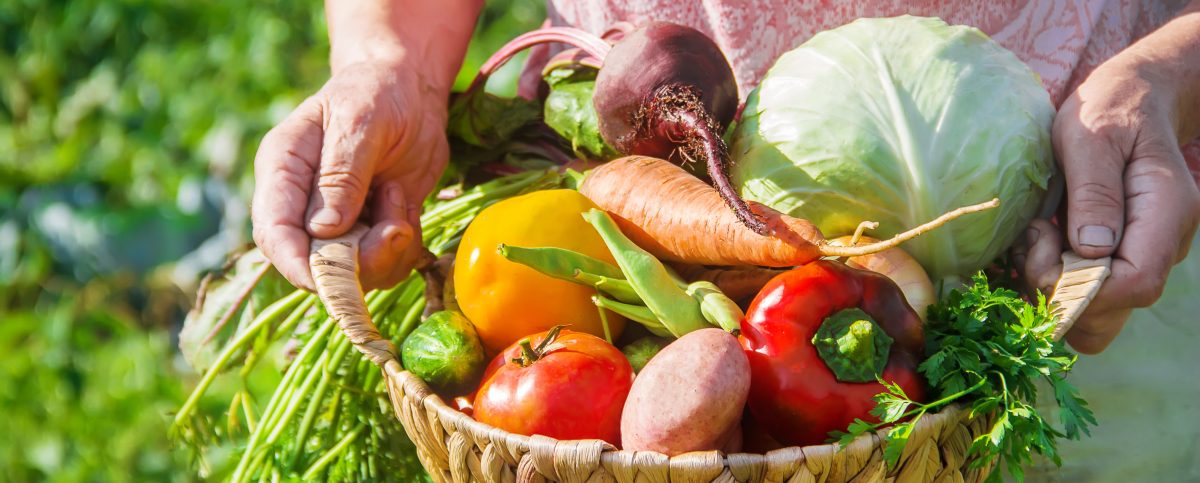
Although you almost certainly won’t grow all of the foods listed below, here are some of the most nutrient-dense fruits and vegetables you can plant in your garden: (Nutrition information from the World’s Healthiest Foods website is linked from each item to open in a new tab or window.)
Vegetables
- Avocados
- Beets
- Bell peppers
- Broccoli
- Brussels sprouts
- Cabbage
- Carrots
- Cauliflower
- Celery
- Collard greens
- Cucumbers
- Eggplant
- Fennel
- Garlic
- Green beans
- Green peas
- Kale
- Mustard greens
- Olives
- Onions
- Potatoes
- Pumpkins (seeds are particularly healthy)
- Romaine lettuce
- Spinach
- Squash, summer
- Squash, winter
- Sweet potatoes
- Swiss chard
- Tomatoes
- Turnip greens
Plant Medicines
In addition to the spices and herbs mentioned above having culinary uses, many of them can also be used medicinally. Peppermint, along with spearmint and lemon balm, are all wonderful members of the mint family Lamiaceae that can be useful in your herbal medicine cabinet. You might also want to think about growing some other herbs and plants for medicinal purposes. Aloe vera is good to grow indoors all the time, while herbs like chamomile, lavender and echinacea are both visually pleasing and can serve medicinal purposes. Look for another post in the near future dedicated to natural medicines in the garden. In the meantime, one of my absolute favorite books about herbs as medicine is actually specifically dealing with medicinal teas. I first bought 20,000 Secrets of Tea: The Most Effective Ways to Benefit from Nature’s Healing Herbs nearly ten years ago. My copy is now well-worn, dog-eared and I wouldn’t trade it for anything.
Raise Some Chickens… Maybe
If you have room, and if you don’t mind doing the research on which breeds are best for your purposes, raising chickens is a great bonus feature of a survival garden. They can feast on your grass clippings, weeds and any garden crops that have bolted (gone to seed), as well as forage for bugs and other edible critters.
If you’re thinking, “But I was looking forward to putting my garden waste in my compost pile,” not to worry — the chicken manure makes an excellent compost, itself, and can also be used to make manure tea, which can be a great natural fertilizer.
You’ll enjoy the benefits of not only fresh eggs, but if you have a rooster, also fresh chicken!

I added the “Maybe” to this section, however, because of the reality that many folks do not live in an area where raising chickens could truly be a self-sustaining practice. For instance, if you live in the suburbs, you will probably not be able to let your chickens go free and forage as one might be able to do in a rural area. In that case, if you’re dependent on feeding them store-bought grain for much of their diet, it may be more trouble than it’s worth — particularly if you end up having no choice but to feed them GMO grain.
Learn how to save your seeds

It would sort of defeat the purpose of having a Survival Garden with open-pollinated heirloom seeds if you don’t bother to collect and save seeds from your best specimens from season to season. That said, you’ll need to do your homework on how to best collect and store your seeds. Although it may seem obvious how to do gather and save seeds for crops such as beans, peas, peppers, and tomatoes, things aren’t as straightforward with some other crops.
For instance, did you know if you’re not careful when you collect your seeds from your corn, melons and cucumbers, you could end up with unwanted cross-pollination? Also, carrots, onions, members of the cabbage family, and other crops require other special conditions for collecting and saving seeds. I suggest visiting the Seed Savers Exchange to learn more about what’s involved for collecting and saving the seeds in your own Survival Garden.
Learn how to preserve the fruits of your labor
There are so many different ways of preserving your crops through the seasons. Canning. Freezing. Pickling. Larders. Root cellars. Drying. The possibilities are endless. Did you know you can even preserve eggs for months at a time without refrigeration?
In conclusion…
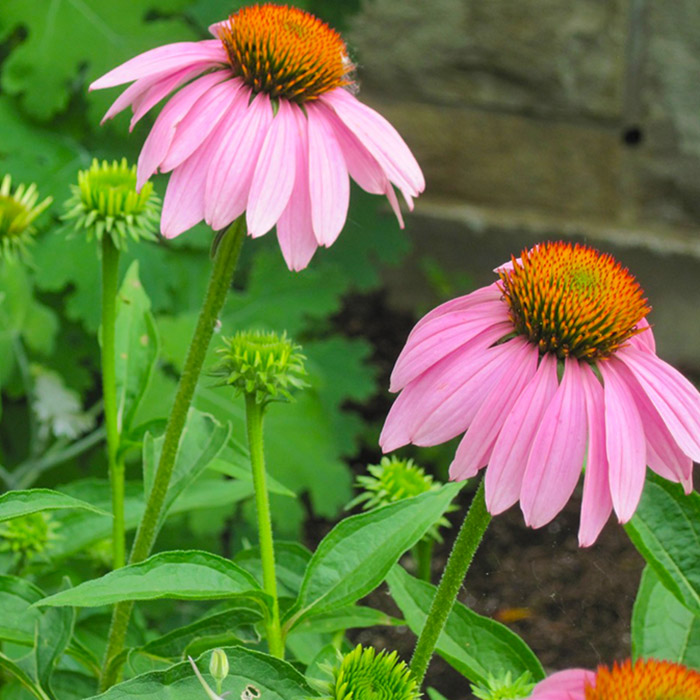
Look at it this way: If you’re going to have a garden anyway, it really won’t take much more work — and it certainly won’t cost you more, in fact it will save you tons in the long run— to have a Survival Garden. You’ll have an endless supply of food for you and your family, not to mention the added benefit of knowing that you won’t have to be dependent on the pesticide-laden and potentially genetically modified organisms that line the shelves of your local supermarket.
You won’t have to buy new seeds every year (unless you want to try new varieties). And you’ll have the deep satisfaction of knowing that you are growing tried and true specimens that will bring the very best in nutrition to your dinner table (and lunch and breakfast tables, for that matter!).


